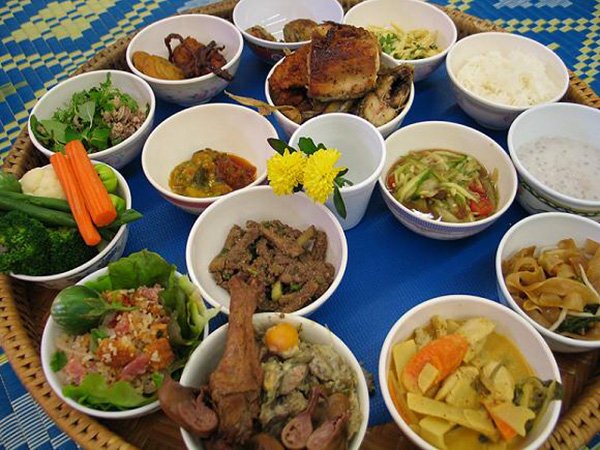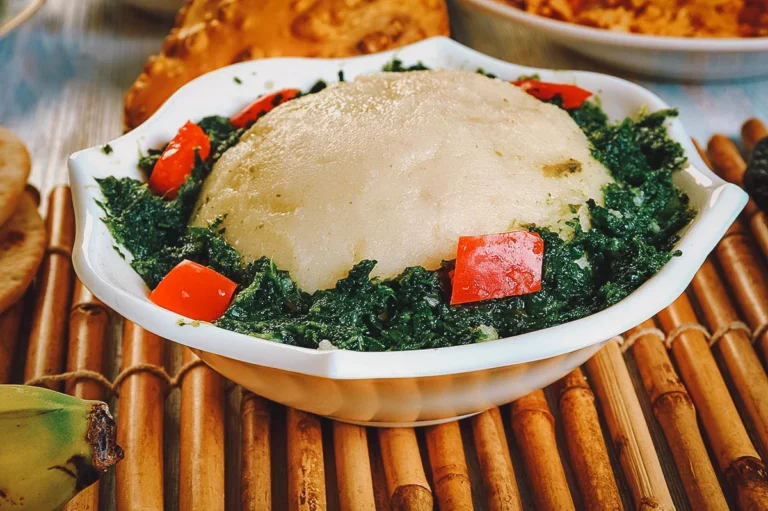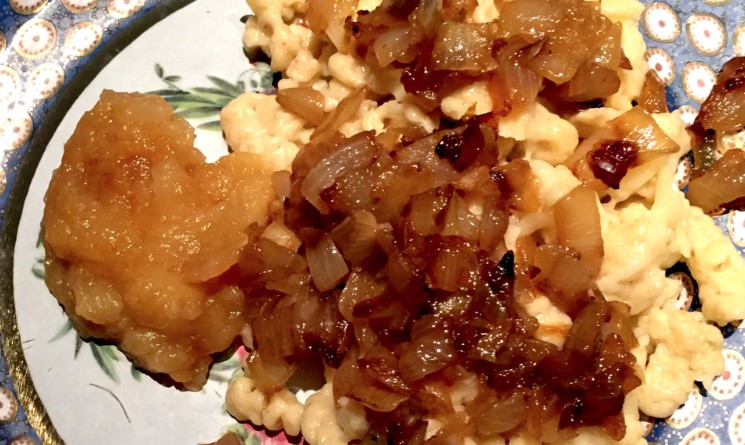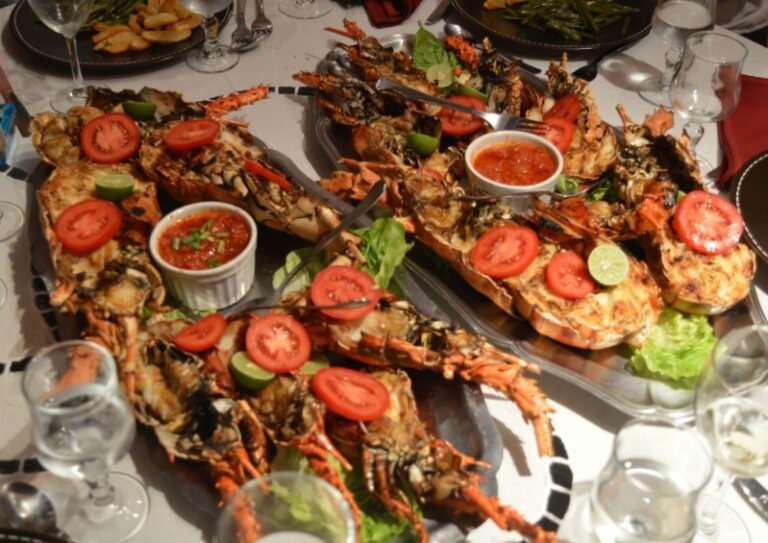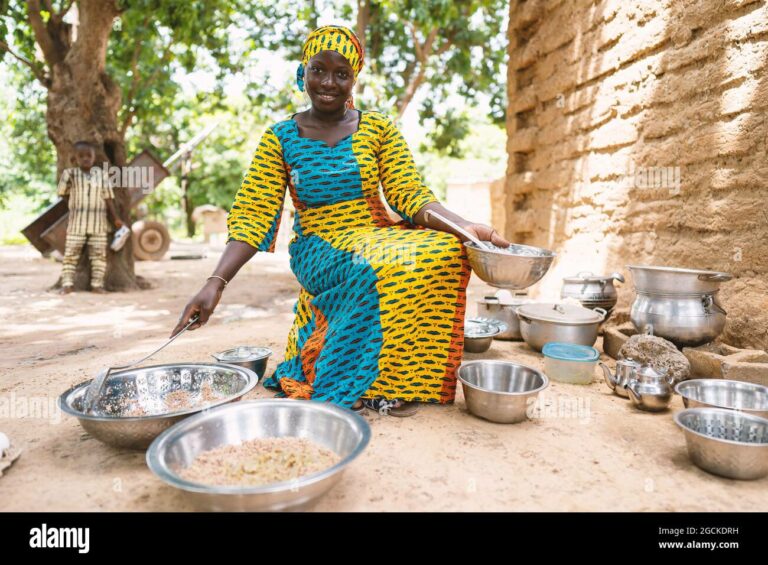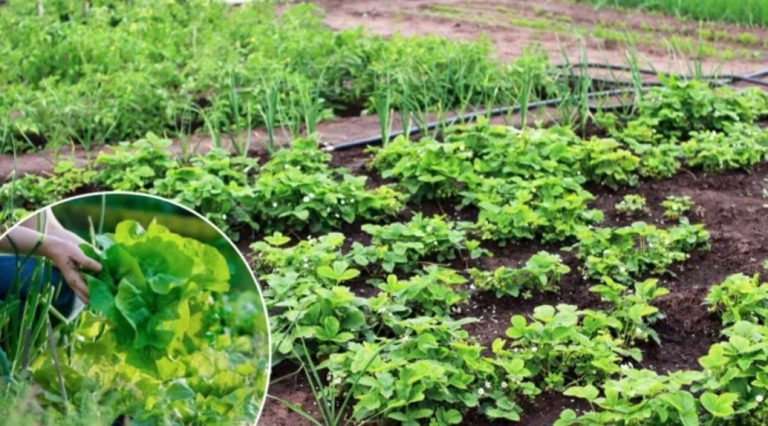Introduction: Irish Farming and Agriculture
Ireland has a long history of farming and agriculture, dating back to ancient times when early settlers relied on the land for survival. Over the years, Irish farming practices have evolved as technology and agricultural knowledge have advanced. Today, Ireland remains known for its lush green landscapes, fertile soil, and high-quality agricultural products, including dairy, meat, and produce.
The Link between Irish Farming and Irish Cuisine
Irish cuisine is heavily influenced by the country’s agricultural practices. Many traditional Irish dishes feature ingredients commonly found on farms throughout the country, including potatoes, lamb, beef, and dairy products like butter and cheese. Because of Ireland’s mild climate and ample rainfall, the country is also known for its fresh, flavorful produce, including root vegetables, leafy greens, and berries.
Traditional Irish Dishes with Farming Influences
Many traditional Irish dishes are rooted in the country’s farming heritage. One such dish is colcannon, which is made with mashed potatoes, kale or cabbage, and butter or cream. Another popular dish is Irish stew, which typically includes lamb or beef, potatoes, onions, and carrots. Boxty, a type of potato pancake, is also a common dish, often served with savory fillings like bacon or cheese.
Modern Irish Cuisine and the Influence of Farming
Modern Irish cuisine has evolved to incorporate a wider range of ingredients and flavors. However, farming continues to be an important influence. Many chefs and restaurants in Ireland prioritize locally sourced, sustainable ingredients in their dishes, highlighting the importance of supporting local farmers and promoting environmentally friendly practices.
Sustainable Farming and its Impact on Irish Cuisine
Sustainable farming practices are becoming increasingly important in Ireland, as farmers and producers prioritize environmentally responsible practices. This trend has also impacted Irish cuisine, with many restaurants and food producers emphasizing the use of organic, locally sourced ingredients. This approach not only supports sustainable farming practices but also enables consumers to enjoy high-quality, fresh, and flavorful food.
Future of Irish Agriculture and its Potential Impact on Cuisine
As technology and agricultural knowledge continue to evolve, the future of Irish farming and agriculture looks bright. With a focus on sustainability and innovation, Irish farmers are well-positioned to continue producing high-quality agricultural products that serve as a foundation for the country’s cuisine. As a result, Irish cuisine is likely to continue evolving, incorporating new flavors, ingredients, and techniques inspired by the country’s rich farming heritage.


